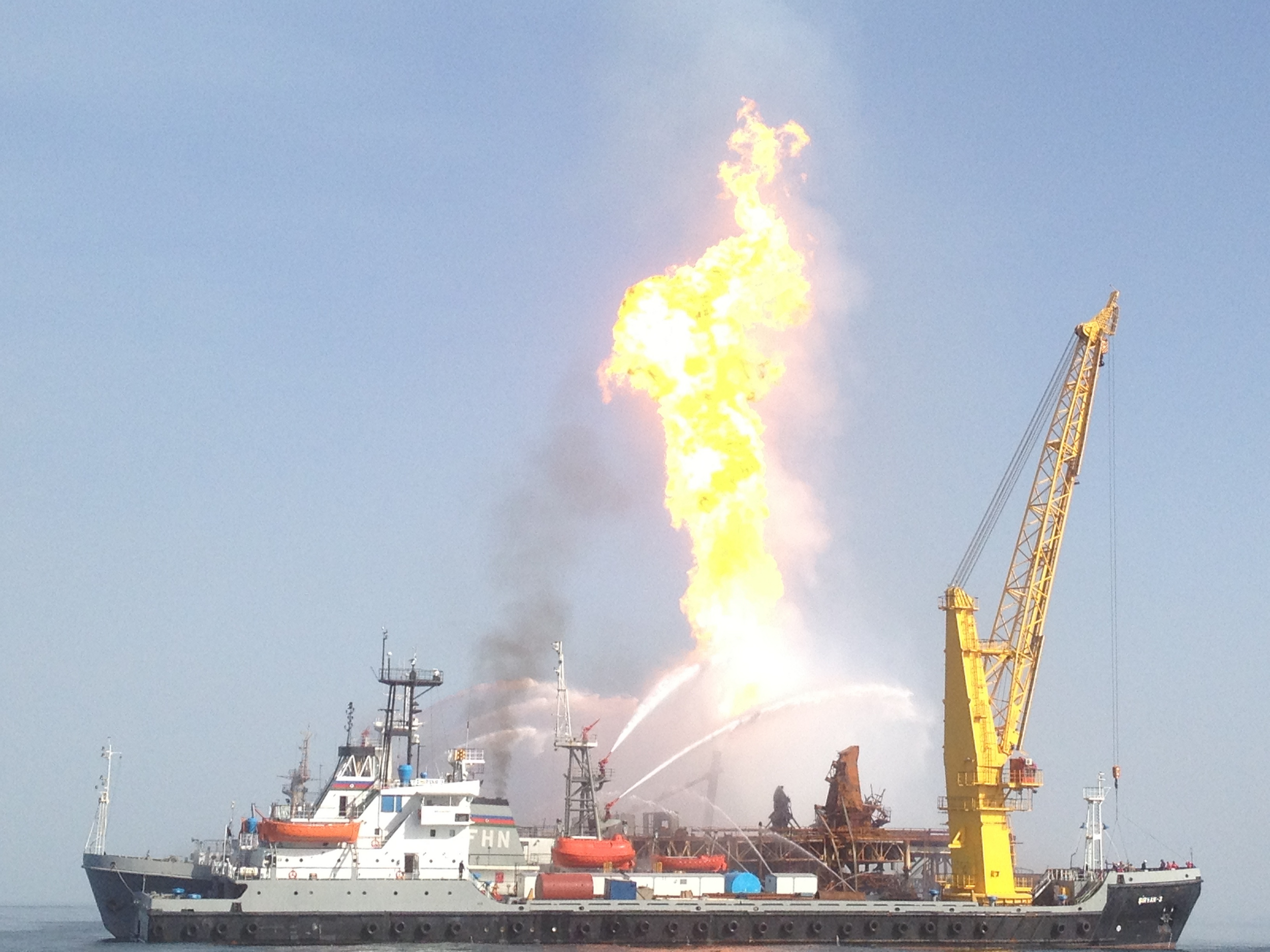 Search
Search
 Search
Search

Evidence-based understanding of a gas plume's magnitude, characteristics, and spatial distribution
Talk to an expertGas plume modeling is essential to create a fact-based understanding of a plume's size, properties, and geographical spread. This helps identify potential risks and understand plume behavior. The modeling is essential to creating or revising urban risk reduction strategies, action plans, and contingency plans.
Simulation of an uncontrolled toxic gas release provides consequence modeling using input data from well pressures, release composition, and calculated flow rates to model worst-case well scenarios. Environmental characteristics, such as wind speed and direction and the atmospheric stability classifications, are used to provide a comparison of endpoints.
The focus of the study is to examine the hazard endpoints and suggest exclusion zone limitations based on the consequences of loss of containment scenarios. CANARY, by Quest, consequence modeling software is used to determine the behavior of the hydrocarbon release, following discharge from the well during a blowout.
